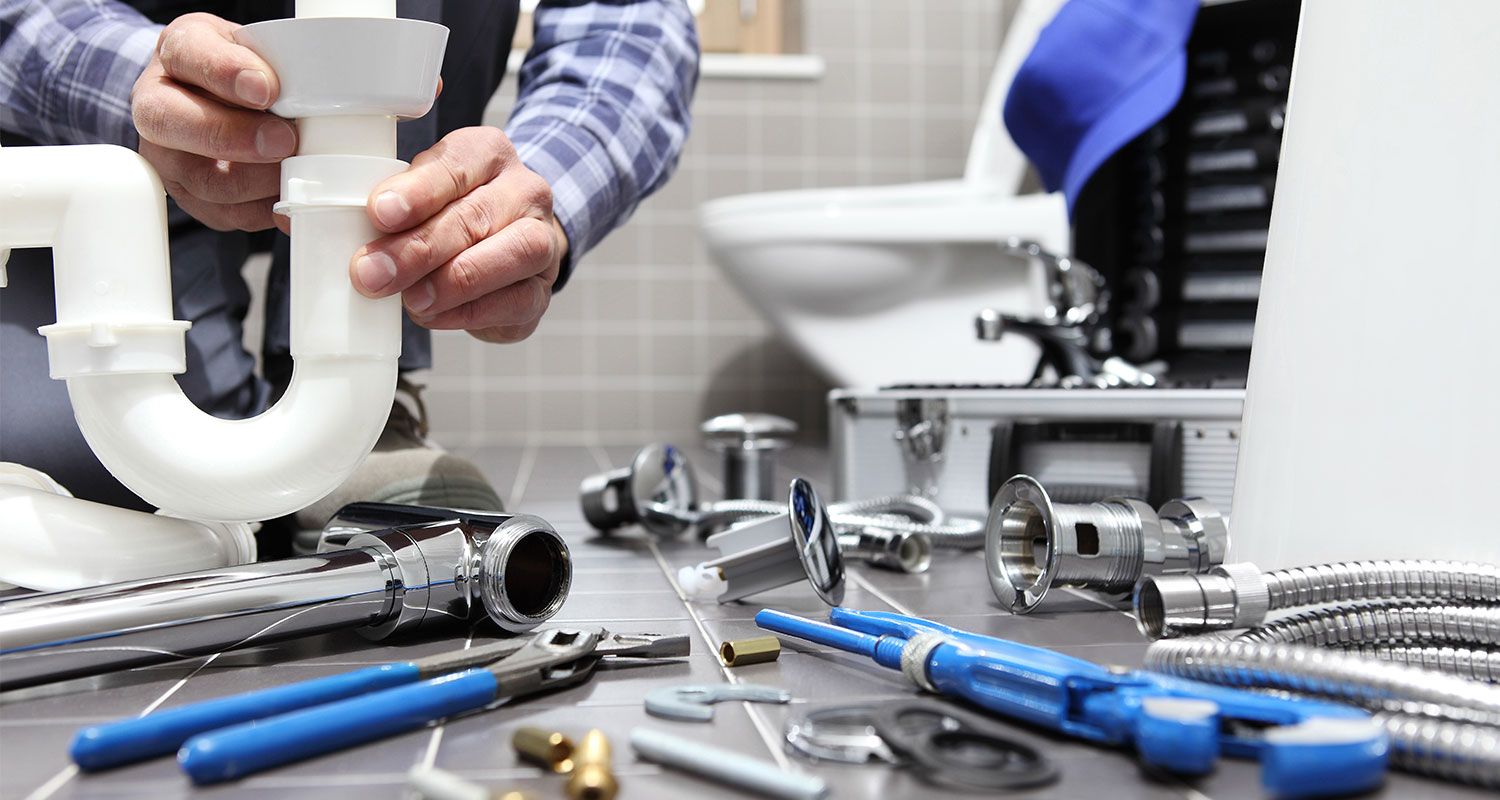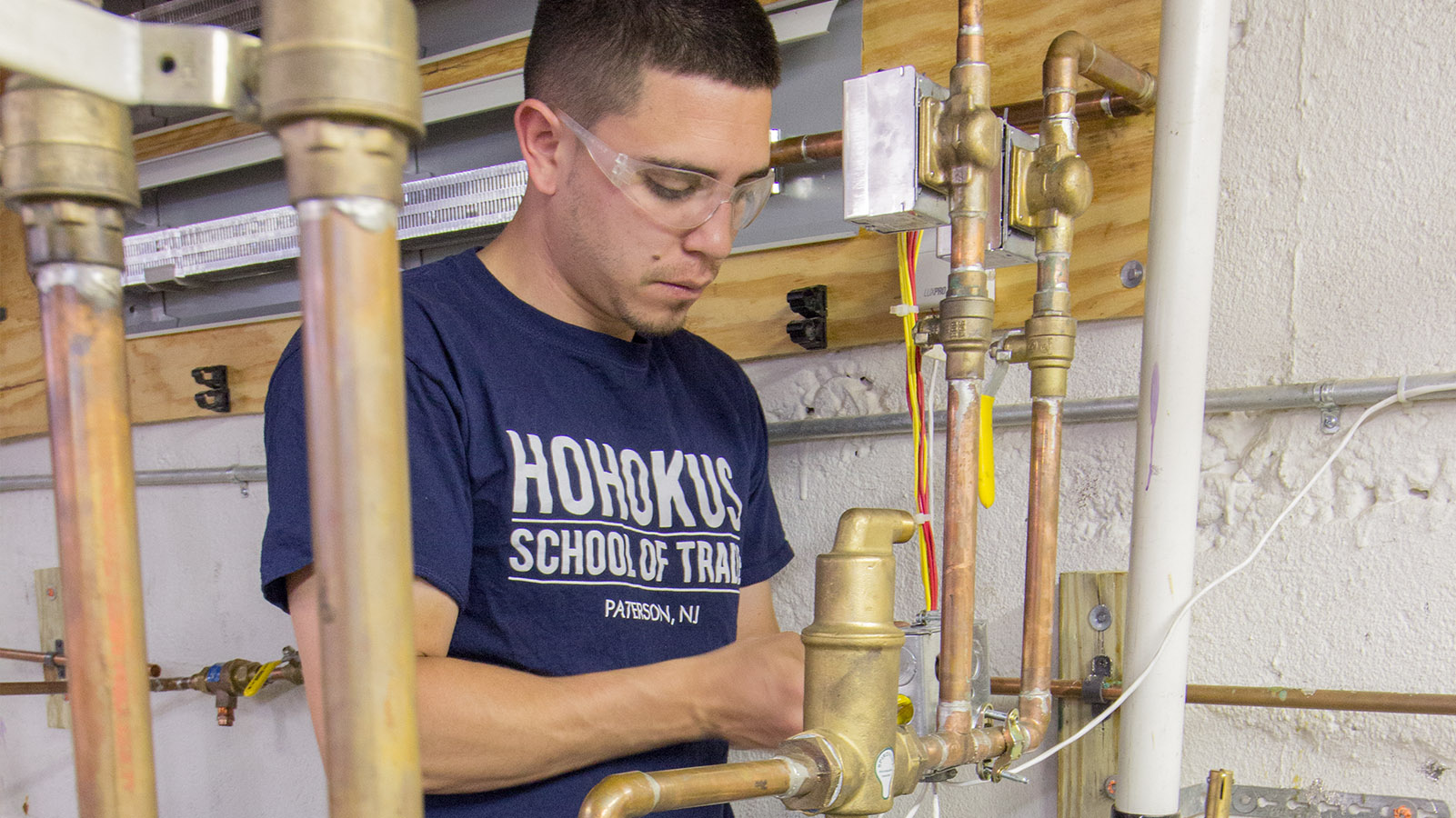Important Plumbing Alabaster AL Tips for Homeowners
Important Plumbing Alabaster AL Tips for Homeowners
Blog Article
A Detailed Overview to Effective Water Heating System Setup for Ideal Performance
Embarking on the job of setting up a water heater is a venture that requires precision and a methodical approach for achieving optimal efficiency. As you proceed, the details of connecting water supply lines and establishing up reputable electrical or gas links await, promising understandings into making sure effectiveness and reliability.
Choosing the Right Hot Water Heater

Following, consider the size and capacity of the hot water heater. It's essential to assess your house's warm water requirements, which can differ based on the variety of passengers and their usage patterns. A device that's too tiny might result in inadequate hot water, while a large model could cause unneeded energy intake.
Efficiency rankings additionally play a critical function in choice. Search for hot water heater with high Energy Aspect (EF) rankings, showing remarkable performance and decreased power use. Tankless designs, though typically extra costly ahead of time, offer significant energy financial savings gradually as a result of their on-demand heating abilities.
Preparing the Setup Location
Before setting up a brand-new water heating unit, thorough prep work of the setup location is important. It's important to determine the room carefully to suit the water heating unit's measurements, ensuring ample clearance around the unit for effective operation and servicing.
Next, remove any kind of debris, dirt, or blockages from the site to develop a clean setting. Examine the floor for security, as the water heating system will certainly need a solid, level surface to run properly. If necessary, install a drip frying pan underneath the system to capture possible leaks or spills, protecting against water damage to the surrounding location. In regions prone to seismic task, consider installing seismic straps to secure the heating unit firmly in position.
In addition, make certain that all necessary tools and products are on hand prior to starting the setup. This consists of items such as wrenches, screwdrivers, a degree, and any kind of extra equipment required for installing and protecting the heating system. A well-prepared installment area establishes the structure for an effective water heating unit arrangement, enhancing performance and safety and security.
Connecting Water Lines
When attaching water supply lines to your newly set up water heating system, it is crucial to guarantee that all connections are leak-free and safe and secure to keep efficient operation and prevent water damages. Begin by recognizing the cold and warm water lines. The chilly water inlet is normally noted with a blue tag or a "C", while the warm water outlet is marked with a red label or an "H".
Usage adaptable water heating unit ports to assist in a much easier installment procedure. Prior to affixing the ports, position a plumber's tape around the threaded ends of the water heater's inlet and outlet pipelines.
When connections are in location, gradually activate the major water system shutoff. Evaluate each connection for leaks by aesthetically feeling and checking for wetness. Tighten links as necessary, and make certain the pressure safety valve is correctly set up, securing versus excessive stress accumulation.
Setting Up Electric or Gas Links
Correctly establishing the electrical or gas connections for your hot water heater is a crucial step to make sure safe and efficient operation. For electrical water heaters, begin by validating that the electric circuit is suitable with the heating system's voltage and amperage requirements. Ensure the power supply is shut off at the circuit breaker to stop accidents. Link the electric cords to my website the heating unit following the supplier's circuitry diagram. Normally, this entails connecting the ground cable to the environment-friendly terminal, and the continuing to be cords to their matching terminals, safeguarding each with wire nuts.
For gas water heating read more systems, security is vital. Verify that the gas supply is off prior to continuing. Link the gas line to the hot water heater making use of an adaptable gas port, ensuring it is effectively threaded and secured with pipeline joint substance or Teflon tape ideal for gas connections. Tighten the links with a wrench, making sure not to over-tighten (Plumbing Services Alabaster AL).
As soon as connections are made, inspect for any kind of potential leaks. For gas lines, apply a soapy water service to the joints; bubbles suggest a leak. For electrical links, ascertain that all electrical wiring is protected and properly insulated, preserving conformity with local electrical codes.
Checking and Readjusting for Efficiency
With the electrical and gas links firmly in position, the following step is evaluating the operational efficiency of your more information hot water heater. Begin by meticulously activating the supply of water and ensuring there are no leakages at any of the joints or valves. As soon as verified, continue to fill up the container, focusing on the stress and temperature setups. It is a good idea to establish the thermostat to a suggested temperature level of around 120 ° F(49 ° C) to balance power efficiency and comfort.
Following, do a complete evaluation to make sure the burner or gas heaters are functioning properly. For electrical heating units, use a multimeter to validate if the components are drawing the appropriate current. In gas models, observe the heater fire; it must be blue and steady, indicating effective combustion.
Readjust the setups as needed to eliminate inefficiencies. Take into consideration applying insulation measures, such as adding a water heating unit covering, to further improve performance by decreasing warm loss. In addition, inspect the anode rod's condition, as a shabby pole can minimize effectiveness and lead to storage tank rust.
Final Thought
Effective water heating unit installment is vital for ensuring optimum performance and energy cost savings. Firmly connecting water supply lines and meticulously setting up electric or gas links decrease possible concerns.

Appropriately establishing up the electric or gas links for your water heating system is a critical step to make certain reliable and safe operation. For electric water heating units, begin by confirming that the electrical circuit is compatible with the heater's voltage and amperage requirements. Connect the gas line to the water heating system utilizing a flexible gas adapter, guaranteeing it is appropriately threaded and sealed with pipe joint substance or Teflon tape suitable for gas connections.
Report this page